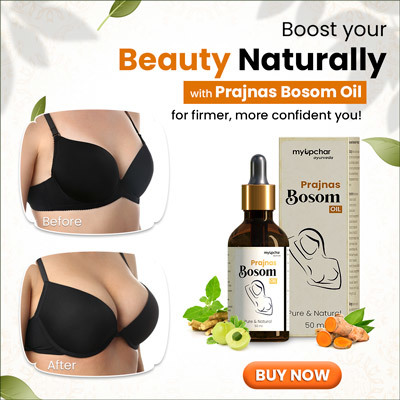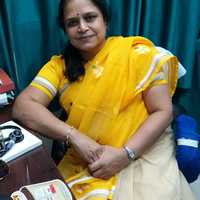The reproductive life of a female is the stage between the onset of the first menstrual period, or menarche, and the permanent cessation of menses known as menopause. In this phase of a woman’s life, her ovaries produce and release an egg or the female gamete every month; this phenomenon is dubbed ovulation and renders the female capable of becoming pregnant. While the ovaries produce and release the ovum or egg, the uterus prepares itself to host a viable pregnancy, if it should be conceived, by thickening its inner glandular lining (known as the endometrium) and increasing its blood supply. If a pregnancy is not conceived at the end of this cycle, the excess uterine tissue disintegrates and passes out through vaginal bleeding, consisting of blood, mucus and tissue, that typically lasts 2 to 8 days. The menstrual cycle and menstrual period, or menses, are not the same. The entire sequence of events that take place throughout the month in preparation for a possible pregnancy is referred to as the menstrual cycle. The duration of days when a woman experiences bleeding is called the menstrual period, or just period. Menstrual cycles are mediated by the alterations in the levels of reproductive hormones, which bring about different phases of the cycle.
The simultaneous changes taking place in the ovaries and the endometrial layer of the uterus divides the menstrual cycle into two distinct phases – the follicular (ovaries) or proliferative (uterine endometrium) and the luteal (ovaries) or secretory (uterine endometrium). The two phases are separated by the event of ovulation, in which the egg cell is released from the developing follicle in the ovary into the female reproductive tract.
(Read more: Irregular periods)






































